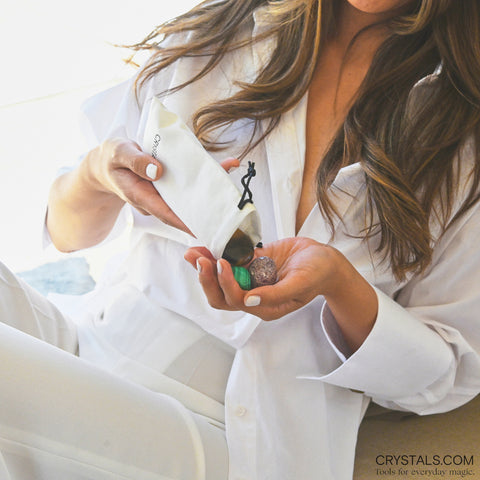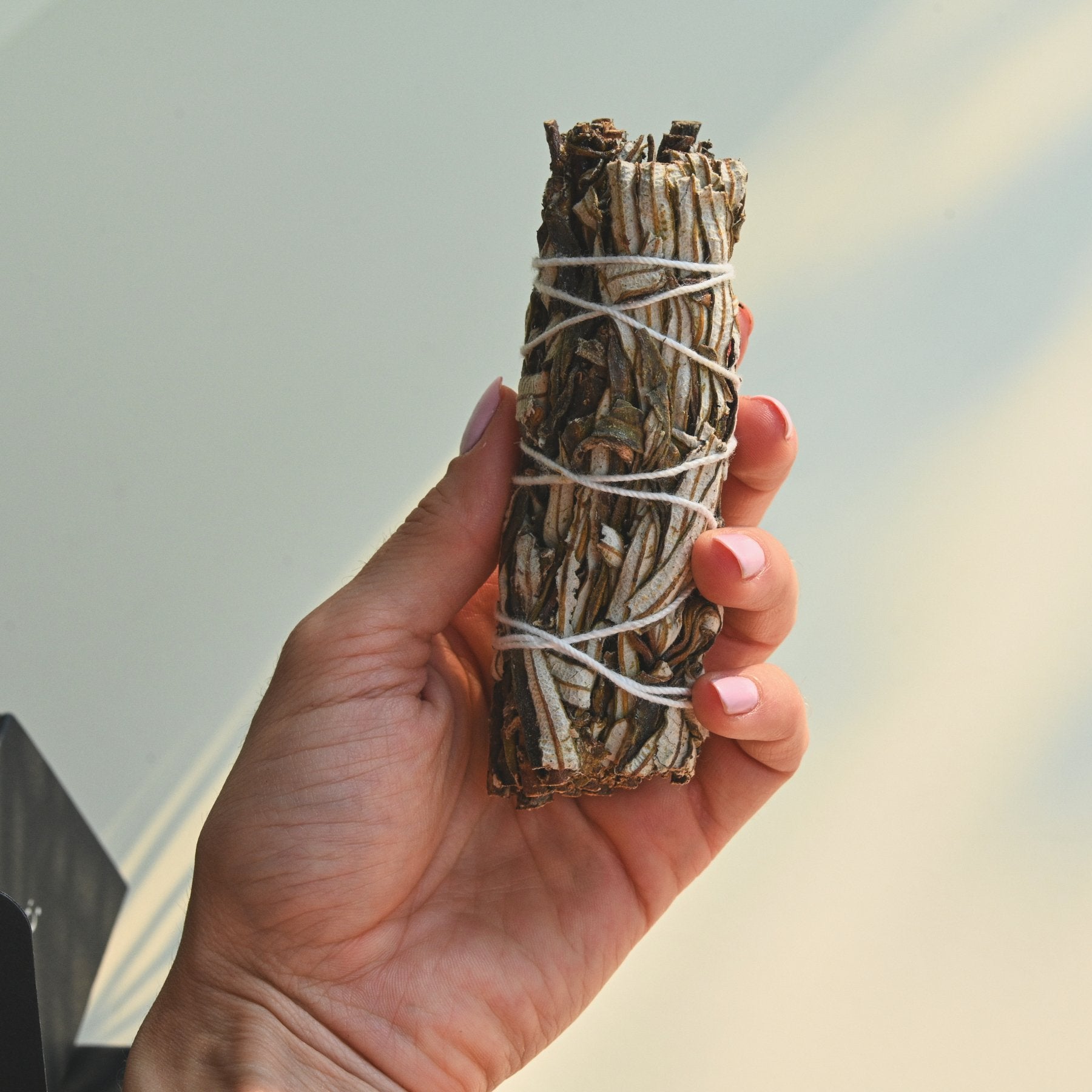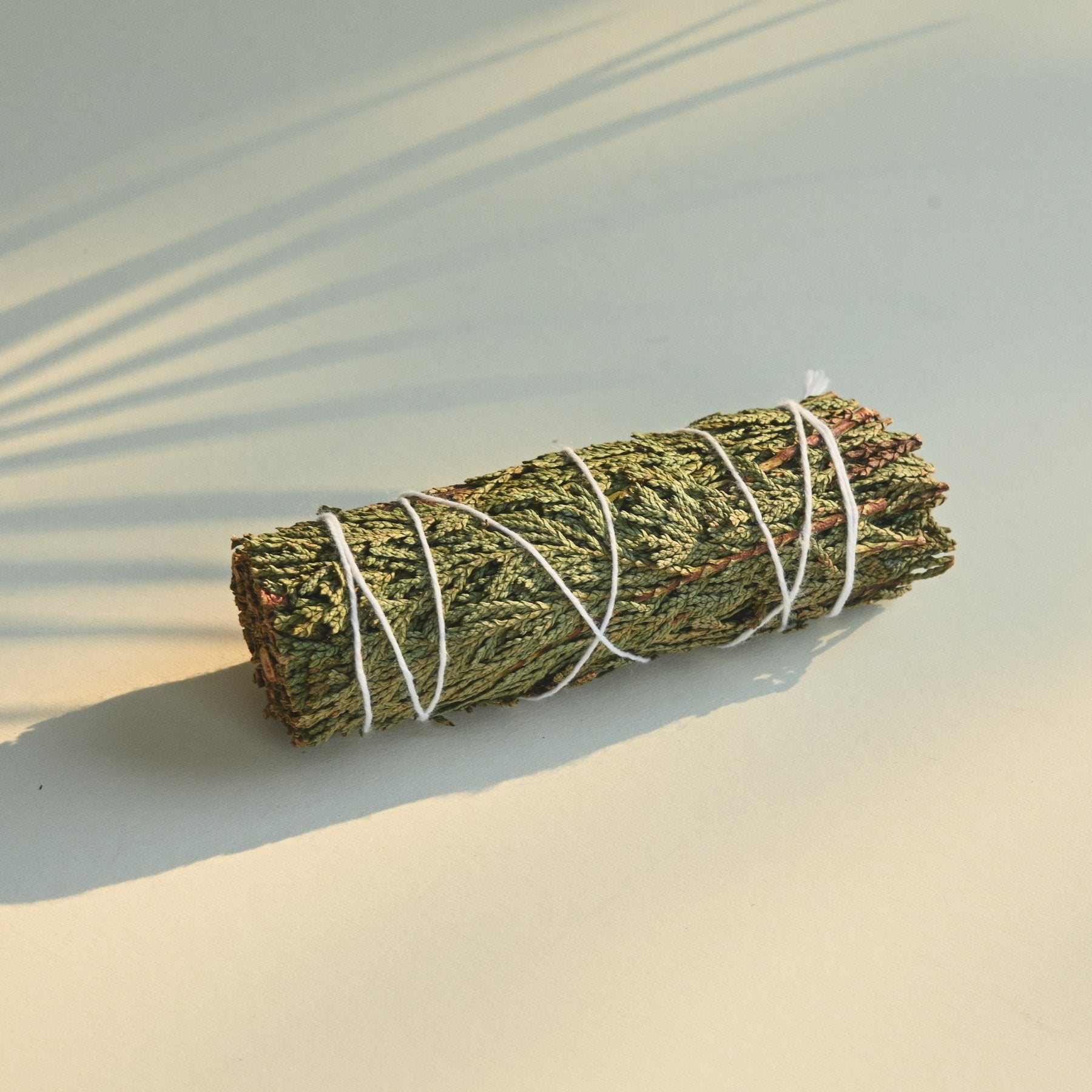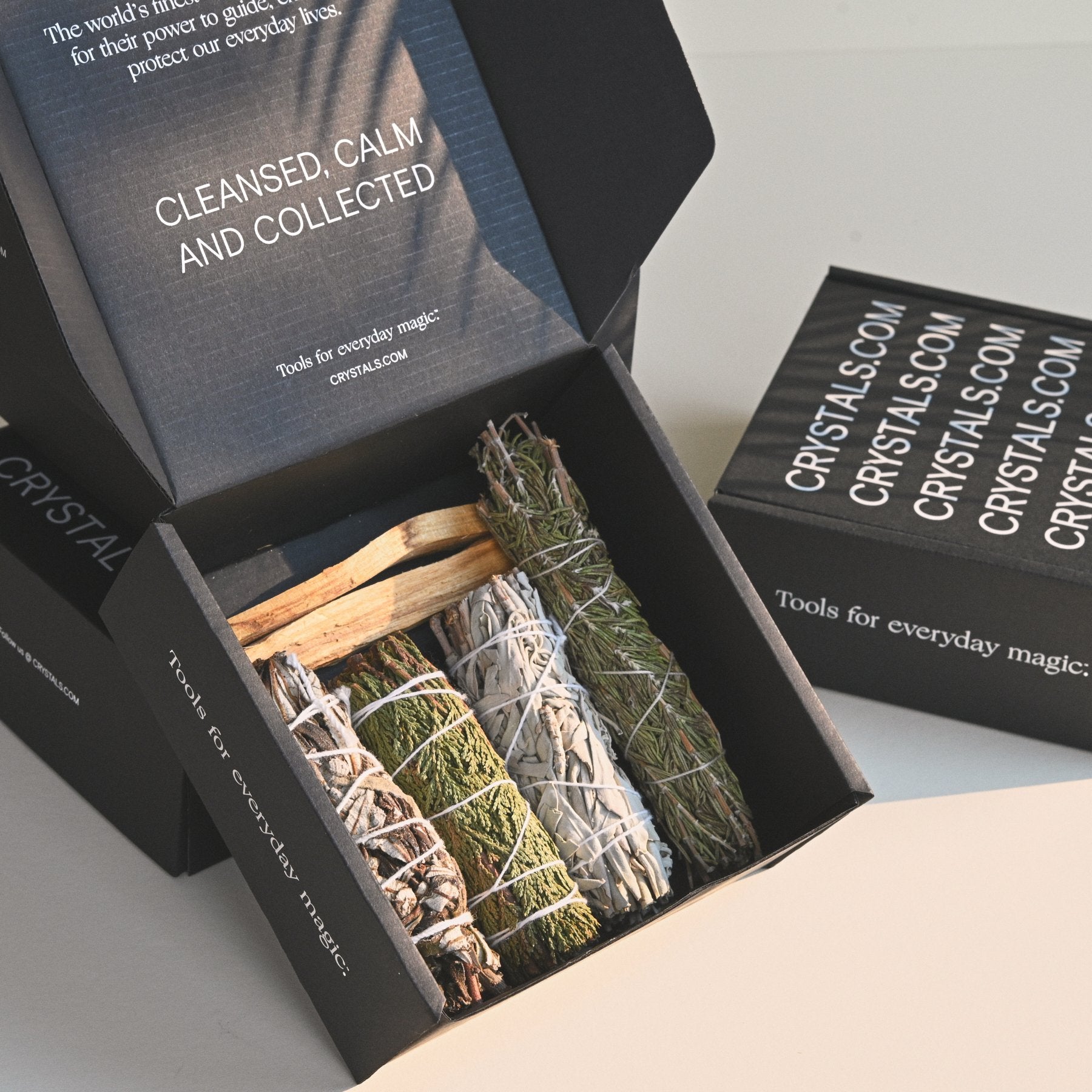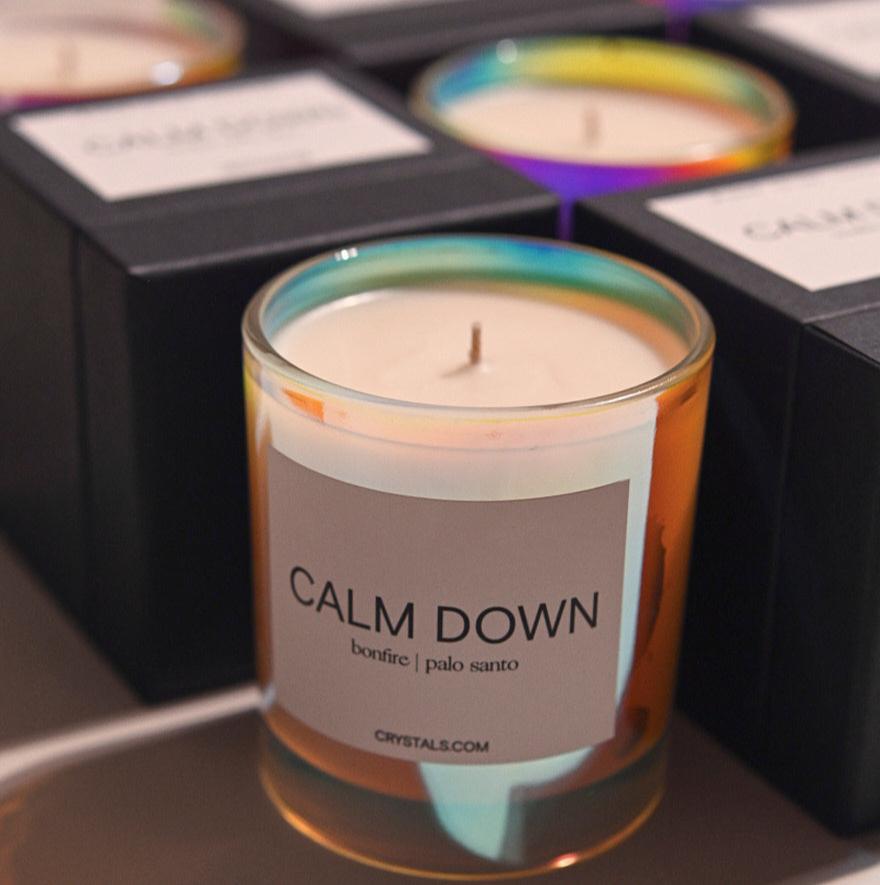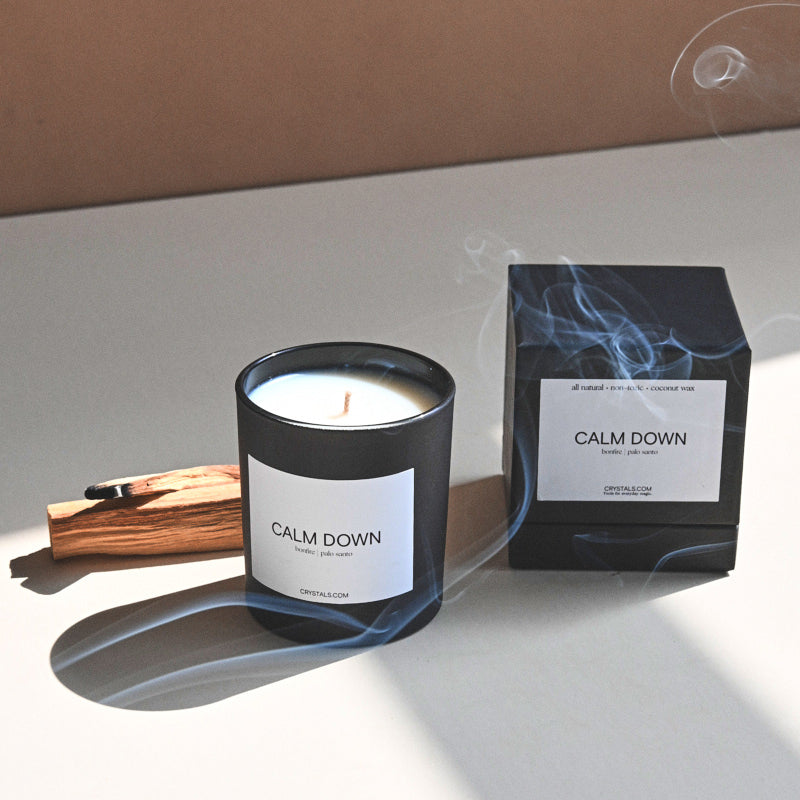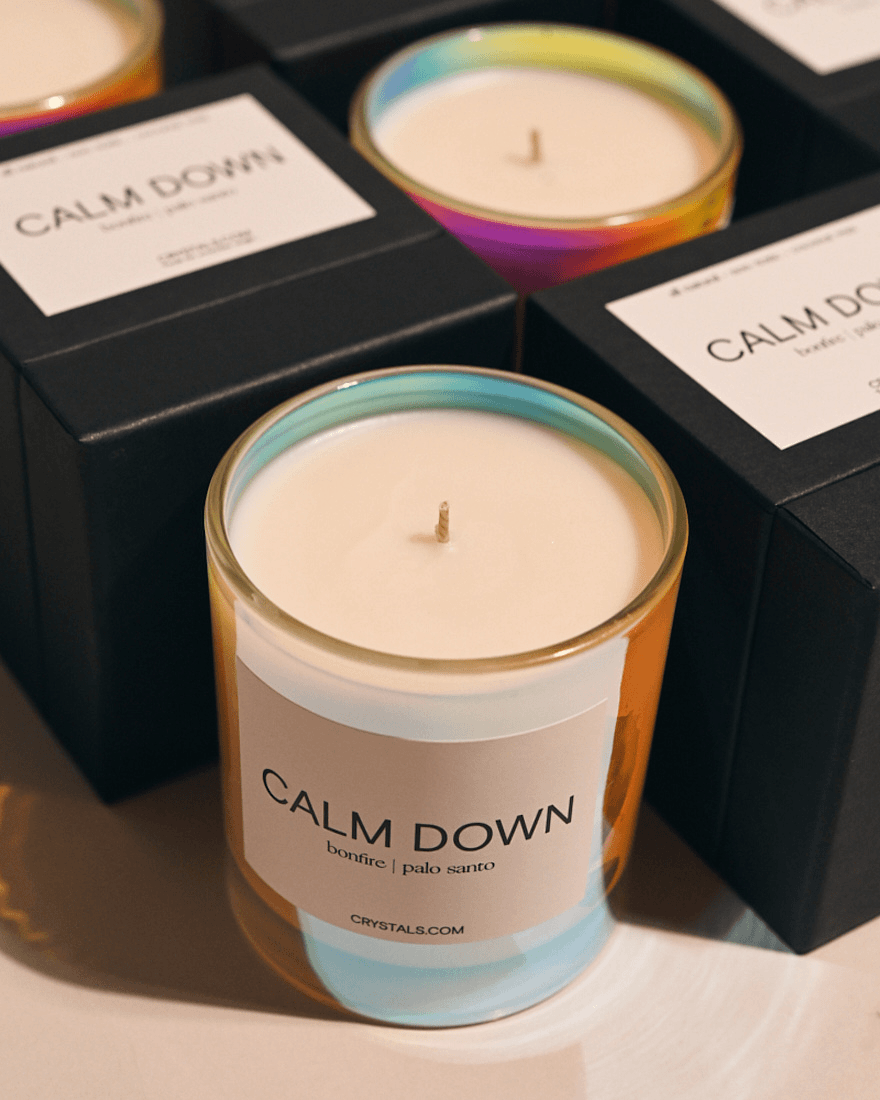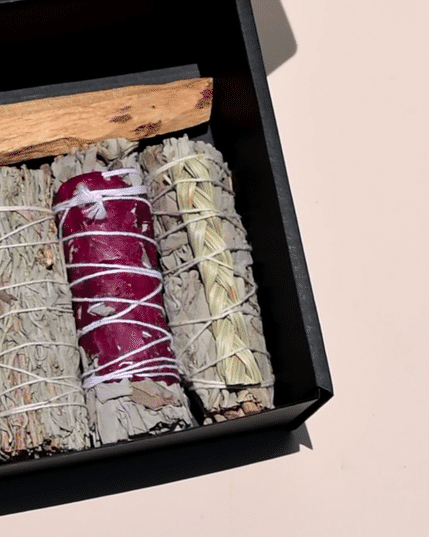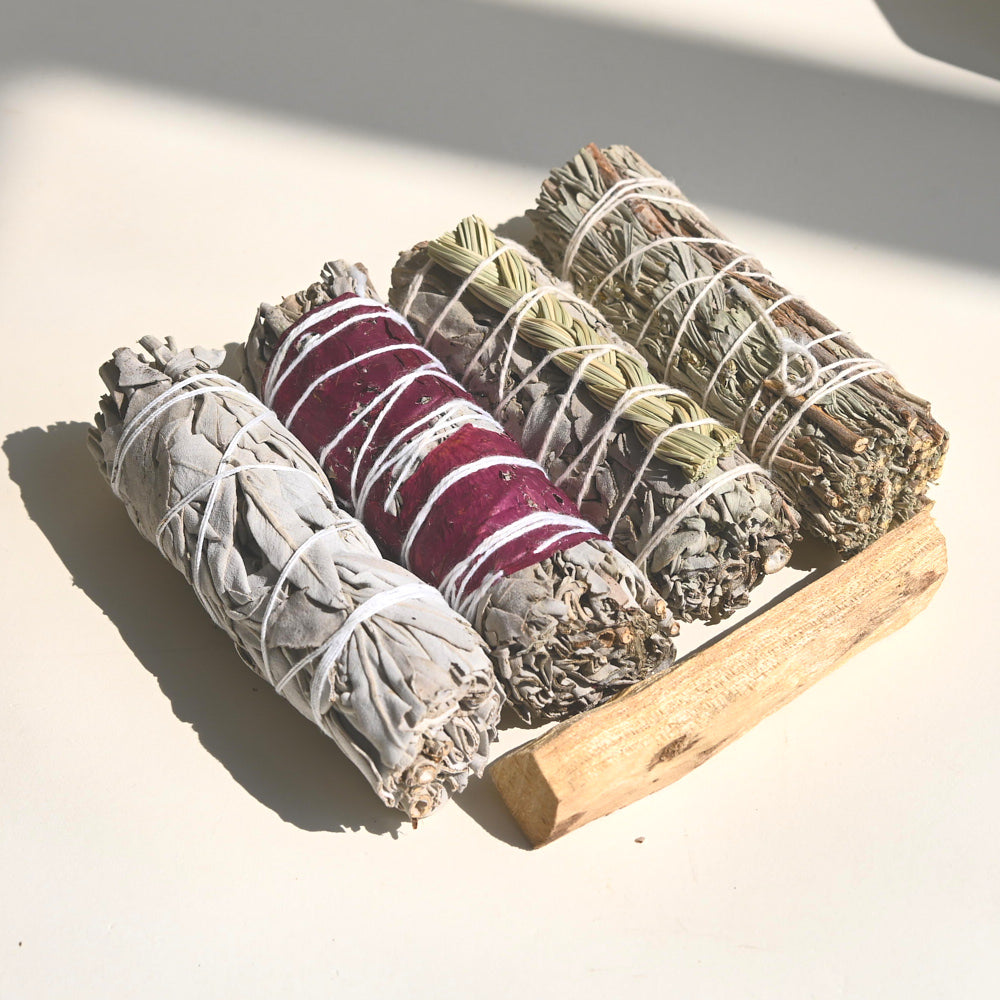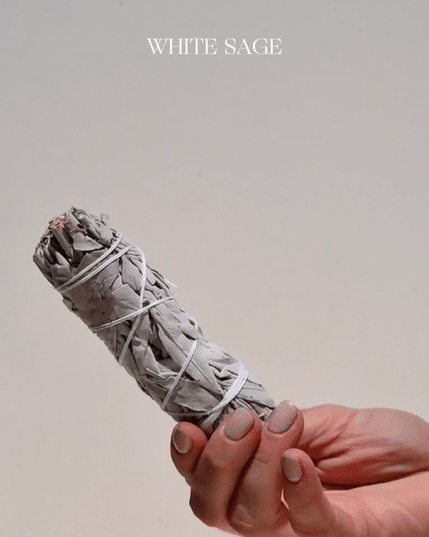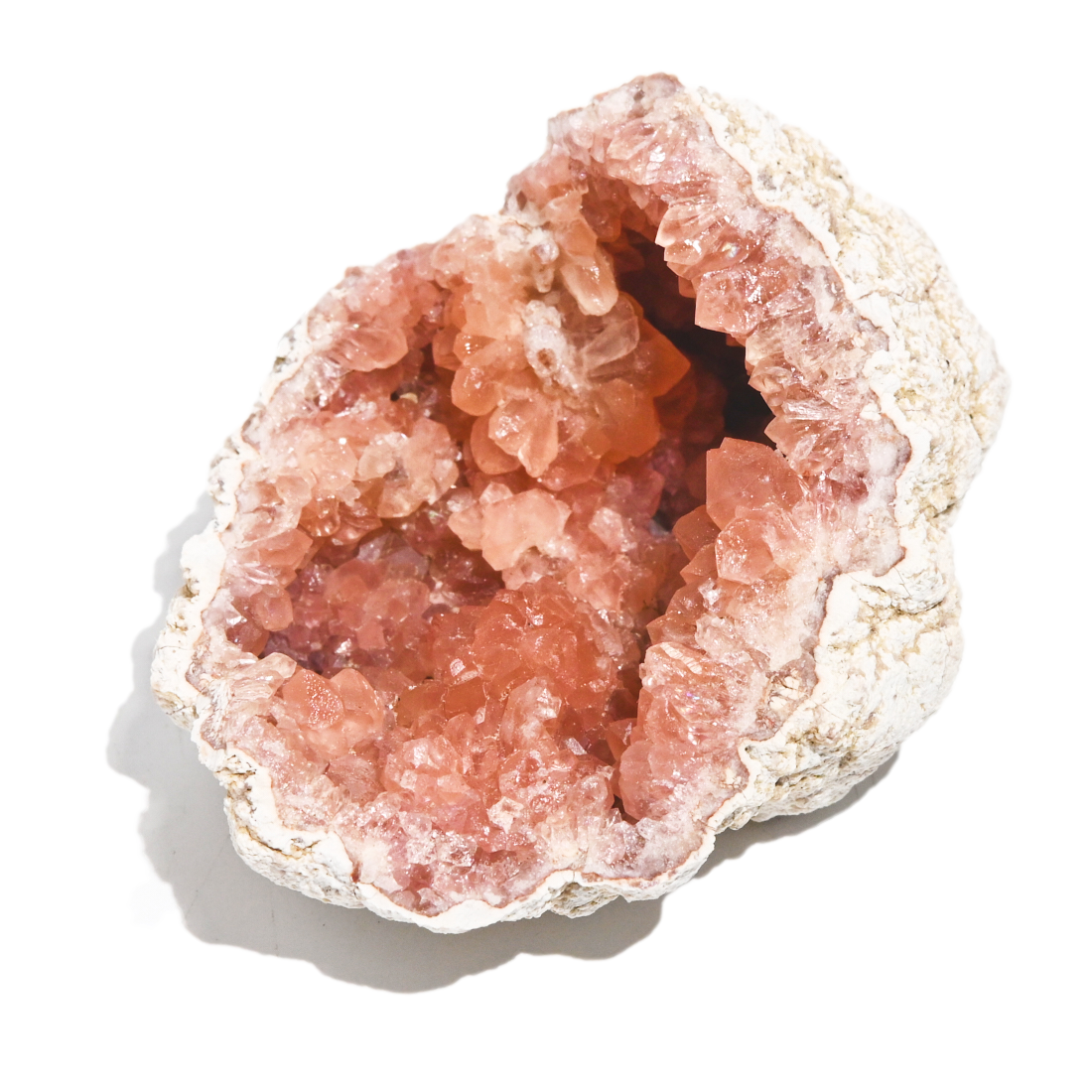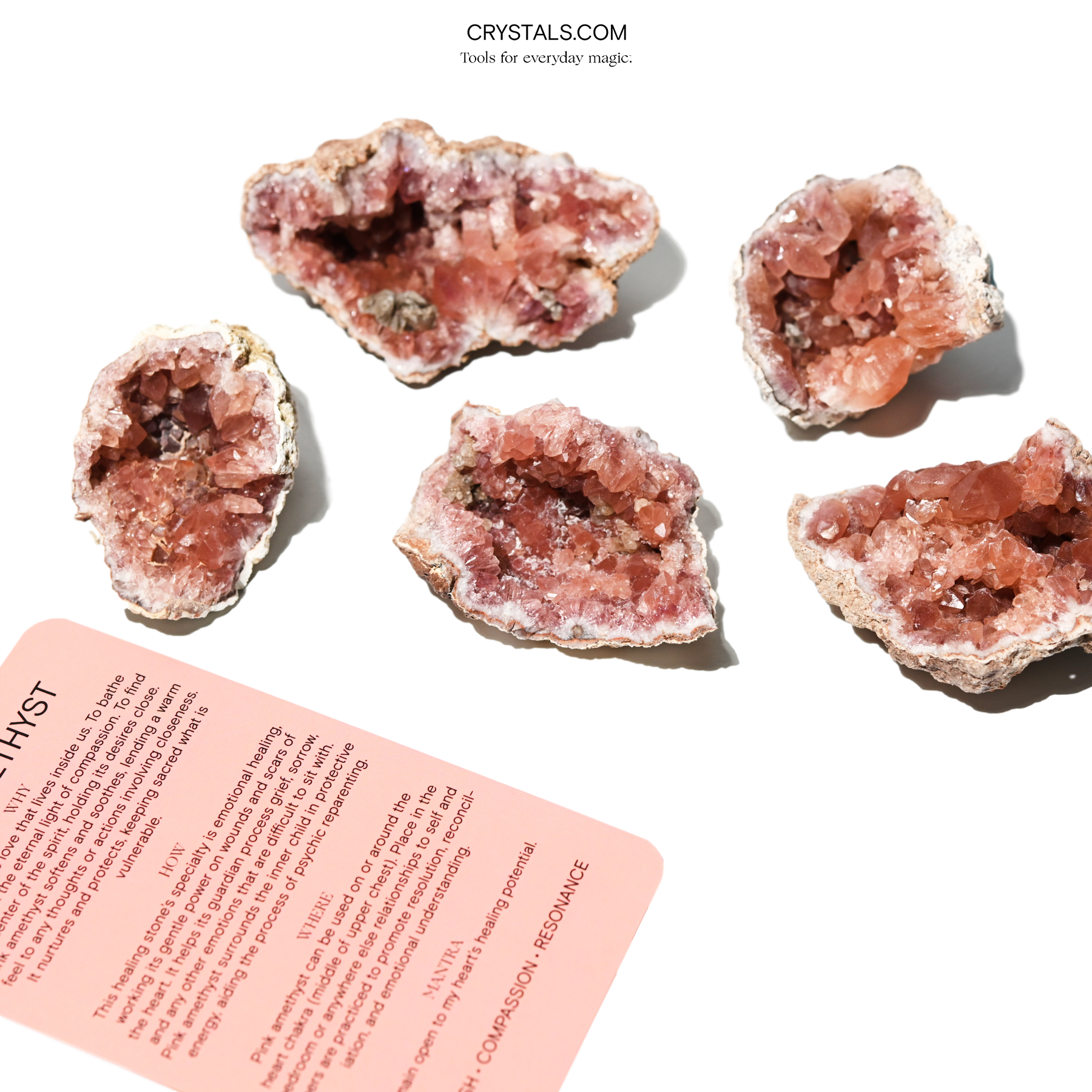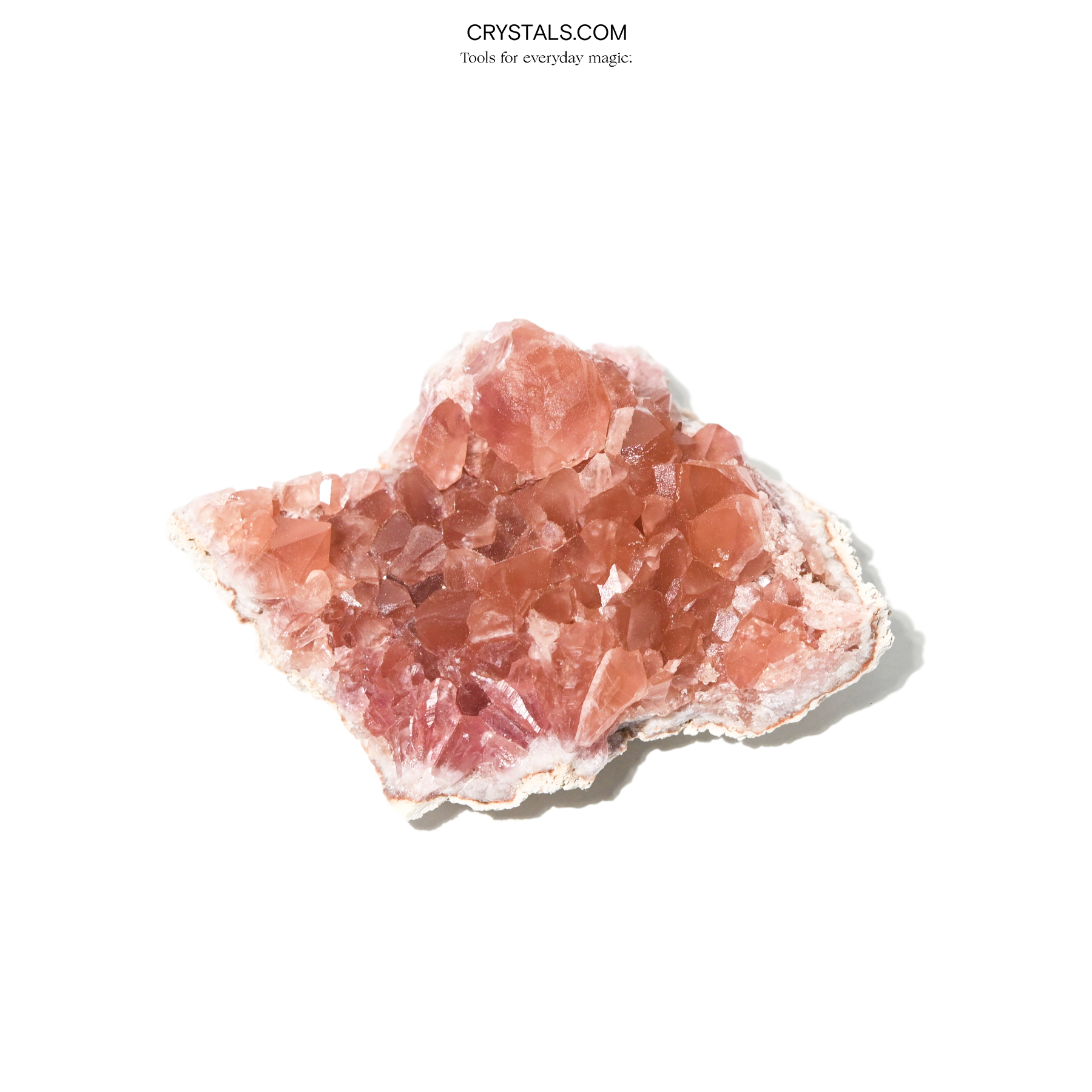What is the Mohs Hardness Scale and How is it Used in Gemology?
If you're interested in gems or minerals, you may have heard the term "Mohs hardness scale" before. The Mohs hardness scale is a system used to measure the relative hardness of minerals and gemstones. It was developed in the early 19th century by German mineralogist Friedrich Mohs.
The basic foundation of Mohs hardness scale is that a mineral can scratch any mineral softer than itself, and can be scratched by any mineral that is harder. Mohs hardness scale is a way to categorize minerals based on how easily they can be scratched. The scale ranges from 1 to 10, with 1 being the softest and 10 being the hardest.
The Mohs hardness scale is widely used in gemology to determine a gemstone's resistance to scratching and abrasion. This is an important factor to consider when evaluating the durability of a gemstone for use in jewelry or other decorative applications.
Obsidian, a type of volcanic glass, has a hardness of around 5 to 5.5 on the Mohs scale, which makes it relatively soft compared to other gemstones. Jade, which is often used in jewelry and decorative objects, has a hardness of around 6 to 7 on the Mohs scale. A rock with a hardness of 10 on the Mohs scale is a diamond, the hardest mineral known to man.
Agate, a popular gemstone for use in jewelry, has a hardness of around 7 on the Mohs scale. Amethyst, a type of quartz often used in jewelry, also has a hardness of around 7. Emerald, a popular gemstone known for its rich green color, has a hardness of around 8 on the Mohs scale.
It's important to note that while the Mohs hardness scale is a useful tool for evaluating a gemstone's durability, it doesn't necessarily reflect other important factors such as a gemstone's toughness, which is its ability to withstand impacts or fractures. Additionally, some gemstones may have variations in hardness due to their crystal structure or other factors.
If you're interested in learning more about the Mohs hardness scale and how it's used in gemology, there are many resources available online and in print. Gemology courses and books on gemstones often cover the topic in depth. By understanding the Mohs hardness scale, you can make more informed decisions when it comes to choosing and caring for your gemstone jewelry and other decorative items.
What is the Mohs Hardness Scale and How is it Used in Gemology?
If you're interested in gems or minerals, you may have heard the term "Mohs hardness scale" before. The Mohs hardness scale is a system used to measure the relative hardness of minerals and gemstones. It was developed in the early 19th century by German mineralogist Friedrich Mohs.
The basic foundation of Mohs hardness scale is that a mineral can scratch any mineral softer than itself, and can be scratched by any mineral that is harder. Mohs hardness scale is a way to categorize minerals based on how easily they can be scratched. The scale ranges from 1 to 10, with 1 being the softest and 10 being the hardest.
The Mohs hardness scale is widely used in gemology to determine a gemstone's resistance to scratching and abrasion. This is an important factor to consider when evaluating the durability of a gemstone for use in jewelry or other decorative applications.
Gemstones high on the Mohs hardness scale are generally more durable and less likely to scratch or chip than those lower on the scale. For example, a diamond is the hardest mineral on the Mohs scale with a hardness of 10, while talc is the softest mineral with a hardness of 1.
It's important to note that while the Mohs hardness scale is a useful tool for evaluating a gemstone's durability, it doesn't necessarily reflect other important factors such as a gemstone's toughness, which is its ability to withstand impacts or fractures. Additionally, some gemstones may have variations in hardness due to their crystal structure or other factors.
If you're interested in learning more about the Mohs hardness scale and how it's used in gemology, there are many resources available online and in print. Gemology courses and books on gemstones often cover the topic in depth. By understanding the Mohs hardness scale, you can make more informed decisions when it comes to choosing and caring for your gemstone jewelry and other decorative items.



